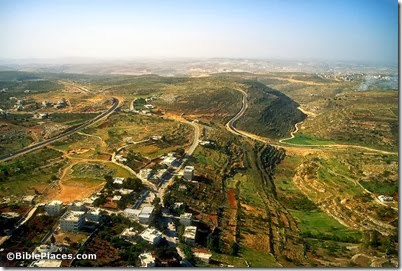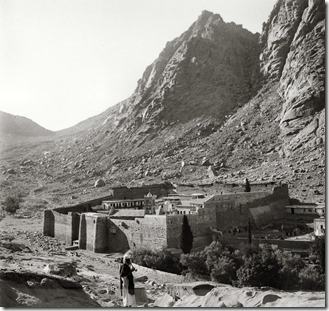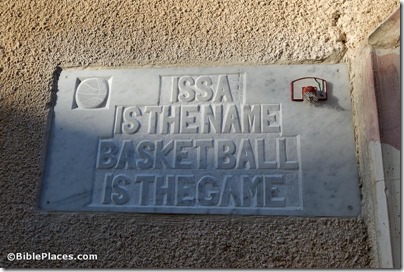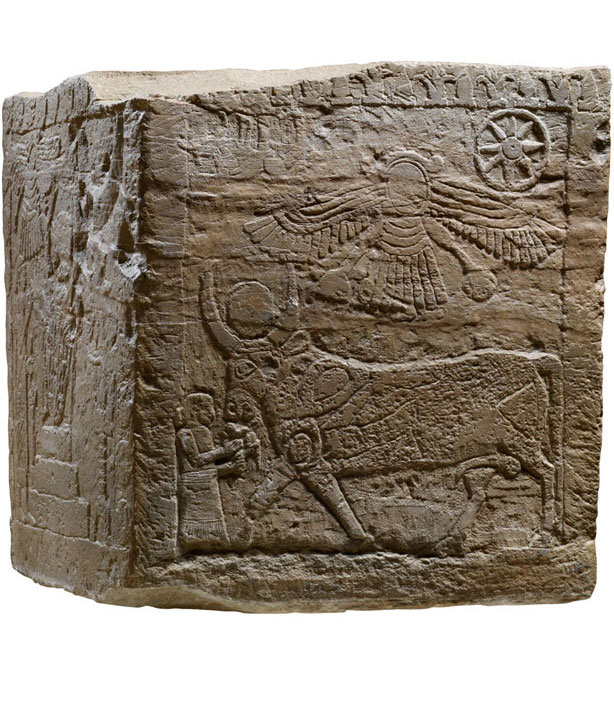Leo Depuydt still believes that the “Gospel of Jesus’ Wife” is “hilarious” and “patently fake.” His article in the Harvard Theological Review is online as is Karen King’s response. Some excerpts are given in The Washington Post. Christianity Today runs an interview with Nicholas Perrin of Wheaton College about what it all means.
A fascinating new exhibition will be opening next month at the British Museum on mummies and what we know about them from the latest technology. The changing graphic on the museum website provides a preview. This AP article has more details.
Luxor Times has photos of antiquities recently stolen from the Luxor Temple.
Barry Kemp has posted a report from the latest season of excavations of the Great Aten Temple in
Amarna.
King Tut began his US tour in Kansas City this week. He will be in San Diego in time for the annual meetings.
Some excellent Zondervan e-resources on sale until tomorrow:
- NIV Study Bible – $9.99
- How to Read the Bible Book by Book – $3.99
- How to Choose a Translation for All Its Worth – $3.79 (reviewed here)
- Zondervan Dictionary of Biblical Imagery – $5.99
- Zondervan Encyclopedia of the Bible, Volume 1 – $6.99
- Zondervan Encyclopedia of the Bible, Volume 2 – $5.98
- Zondervan Encyclopedia of the Bible, Volume 3 – $6.99
- Zondervan Encyclopedia of the Bible, Volume 4 – $6.99
- Zondervan Encyclopedia of the Bible, Volume 5 – $6.99
The full list is here. The first two are particular favorites of mine. All 5 volumes of ZEB for only $34 is very good, though this resource may be more difficult to use in electronic format than in print form ($121).
HT: G. M. Grena, Jack Sasson
Photo from Pictorial Library of Bible Lands




